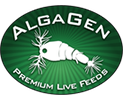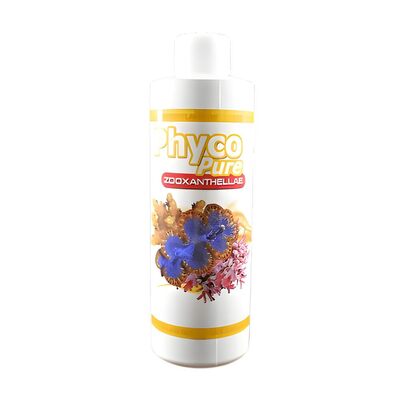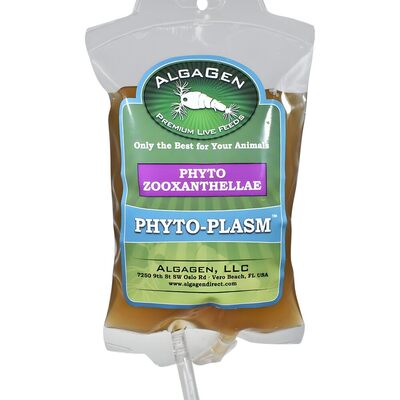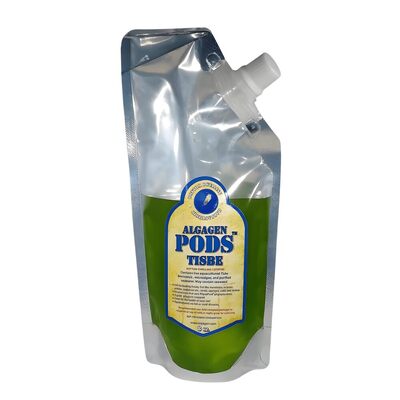In aquariums and marine ecosystems, live copepods play a pivotal role in maintaining fish health and water quality. These tiny crustaceans are a natural solution to many common challenges aquarium enthusiasts face. This article delves into the benefits of live copepods, how they enhance fish health, and their impact on water quality.
Understanding Live Copepods
Copepods are small, often microscopic, crustaceans found in almost all aquatic environments. They are a fundamental component of the aquatic food web, serving as a primary food source for many marine organisms. Live copepods are particularly beneficial in aquarium settings, where they can be introduced to create a more natural and balanced ecosystem.
Types of Live Copepods
Several types of copepods are commonly used in aquariums, each with unique benefits:
- Calanoids: Typically inhabit the water column and are ideal for open-water feeders.
- Cyclopoids: Versatile, found in the water column and near substrates.
- Harpacticoids: Primarily benthic, making them excellent for bottom-dwelling fish and invertebrates.
Benefits of Live Copepods
Natural Food Source
One of the primary benefits of introducing live copepods into an aquarium is their role as a natural food source. Many marine species, particularly larval and juvenile fish, thrive on a diet of live copepods, which provide essential nutrients crucial for growth and development. Live copepods are rich in proteins, lipids, and essential fatty acids, vital for the healthy growth of fish. Regular consumption of copepods can lead to faster growth rates and better overall health in fish.
Improved Fish Health
The introduction of live copepods can significantly improve fish health by boosting the immune system, making fish more resistant to diseases, and reducing stress by mimicking natural feeding behaviors, promoting overall well-being.
Enhanced Coloration
Fish that consume live copepods often exhibit brighter and more vibrant colors due to the high levels of carotenoids present in copepods, which enhance pigmentation in fish. Regular feeding with copepods can bring out the natural colors of fish, making them more visually appealing.
Impact on Water Quality
Algae Control
Copepods feed on phytoplankton and algae, helping control algal blooms. This natural grazing reduces the need for chemical treatments to manage algae growth and keeps the water clearer, reducing maintenance efforts.
Waste Management
By feeding on detritus and organic matter, copepods help break down waste products, which can otherwise accumulate and degrade water quality. Their diet includes decomposing organic material, helping to clean the tank and recycle nutrients. Regular waste consumption helps maintain optimal water conditions, benefiting all tank inhabitants.
How to Introduce Live Copepods to Your Tank
Introducing live copepods to an aquarium is a straightforward process. Start by selecting the appropriate species of copepods based on your tank’s needs. Ensure stable water conditions with consistent temperature, pH, and salinity levels suitable for the chosen copepod species. Use mild filtration systems to prevent copepods from being sucked in, allowing them to thrive.
Gradually introduce copepods to help them acclimate to their new environment. Float the copepod container in the tank for 15-20 minutes to equalize the temperature, then slowly release them. Provide a small amount of phytoplankton or commercial copepod food to support their initial settlement.
Tips for Success
To optimize the benefits of live copepods, consider these additional tips. Provide ample hiding spots and substrate to support copepod reproduction and survival. Ensure tank inhabitants avoid excessively predating copepod populations by monitoring population levels and providing alternative food sources. Consistently monitor copepod populations and water quality to maintain a balanced and healthy tank environment.
Conclusion
Incorporating live copepods into aquarium ecosystems offers numerous benefits, from providing a natural food source to improving water quality and controlling algae. By understanding their role and following straightforward steps to introduce and maintain copepod populations, aquarium enthusiasts can create a healthy and vibrant environment for their aquatic pets. Whether you are new to aquariums or an experienced hobbyist, leveraging the advantages of copepods can lead to a more dynamic and thriving aquarium ecosystem.





Recent post